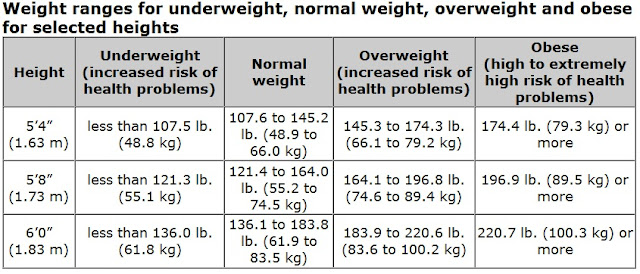The research article, Physical activity of Canadian adults: Accelerometer results from the 2007 to 2009 Canadian Health Measures Survey, was written by Rachel C. Colley, Didier Garriguet, Ian Janssen, Cora L. Craig, Janine Clarke and Mark S. Tremblay. This article describes levels of measured physical activity in Canadian adults by age, sex and body weight status. All the data were collected at 15 sites across Canada from March 2007 through February 2009 by Canadian Health Measures Survey(CHMS). In order to gathered those data, CHMS asked the respondents aged 20 to 79 years to wear an Actical accelerometer over their right hip on an elasticized belt during their waking hours for 7 days (see Table 1). The accelerometer measured and recorded time-stamped acceleration in all directions, steps accumulated per day, and indicating the intensity of physical activity – sedentary, light, moderate, and vigorous.
The main finding of the survey is that “15% of Canadian adults accumulate 150 minutes of moderate-to-vigorous physical activity (MVPA) per week; 5% accumulate 150 minutes per week as at least 30 minutes of MVPA on 5 or more days a week. Males are more active than females and MVPA declines with increasing age and adiposity. Canadian adults are sedentary for approximately 9.5 hours per day (69% of waking hours). Men accumulate an average of 9,500 steps per day and women, 8,400 steps per day”(Colley, 2011). (see Table 2&3) One of the interesting part of the survey is that the authors used the data to compare to the US 2005-2006 National Health and Nutrition Examination Survey (NHANES); it shows that 3% of Americans aged 20 to 59 years were accumulating at least 30 minutes of MVPA in 10 minutes bouts on 5out of 7 days, but CHMS data for the same age range show that the estimated prevalence is slightly higher in Canada.
Recently, the new World Health Organization(WHO) and Canadian health guidelines recommend that adults should engage in at least 150 minutes per week of moderate-to-vigorous physical activity (MVPA), accumulated in bouts lasting at least 10 minutes; the 150 minutes can be accumulated in a variety of ways, such as 30 minutes, 5 days a week. However, the result of this research reflects that the new physical activity recommendations did not successfully translated into practical messages to the public.
On the other hand, there are two limitations of using accelerometers as the measuring tool. Firstly, accelerometers cannot capture the non-step-based physical activities, such as swimming and cycling. Moreover, accelerometers do not measure the added energy expenditure associated with upper body movement such as weight-lifting, snowboarding, and walking up an incline.
Finally, my take home message is that we should have moderate-to-vigorous physical activity regularly. MVPA is associated with several health benefits; for example, it can reduce the risk of diabetes, high blood pressure, obesity, cardiovascular disease, osteoporosis, some types of cancer, depression, stress and anxiety. Therefore, the more activity, the greater health you have.
Work Cited:
Colley, R. C., Garriguet, D., Janssen, I., Craig, C. L., Clarke, J., & Tremblay, M. S. (2011). Physical activity of Canadian adults: Accelerometer results from the 2007 to 2009 Canadian Health Measures Survey. Health Reports, 22(1), 7-14. Retrieved from EBSCOhost: http://web.ebscohost.com.proxy.lib.sfu.ca/ehost/pdfviewer/pdfviewer?sid=902b9dc9-ea1f-4ade-b339-1a9281bd93a7%40sessionmgr114&vid=2&hid=127





